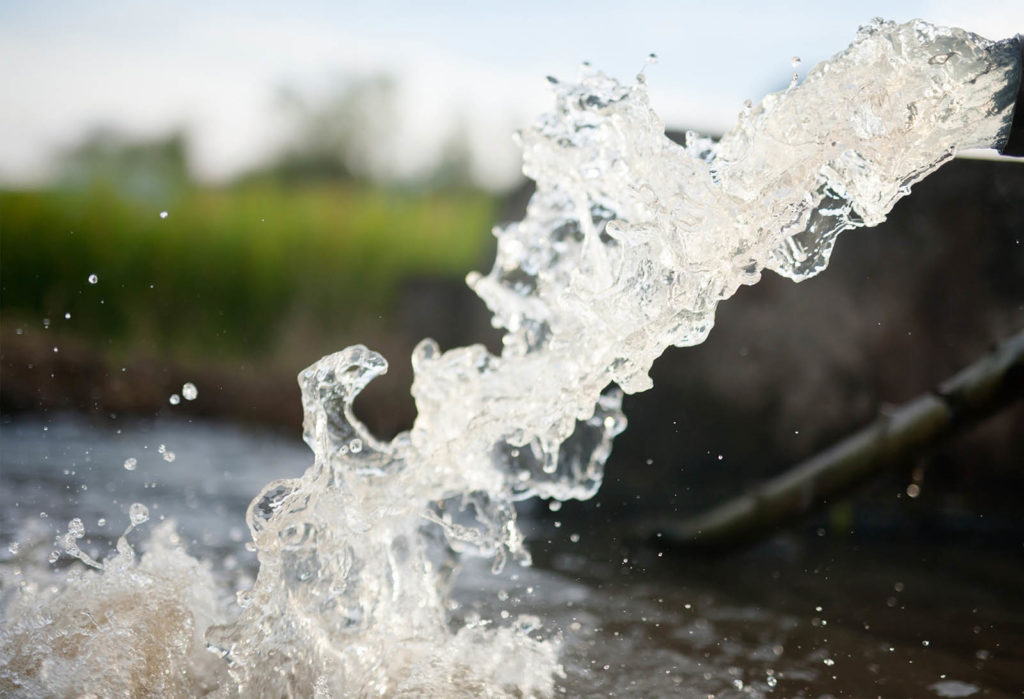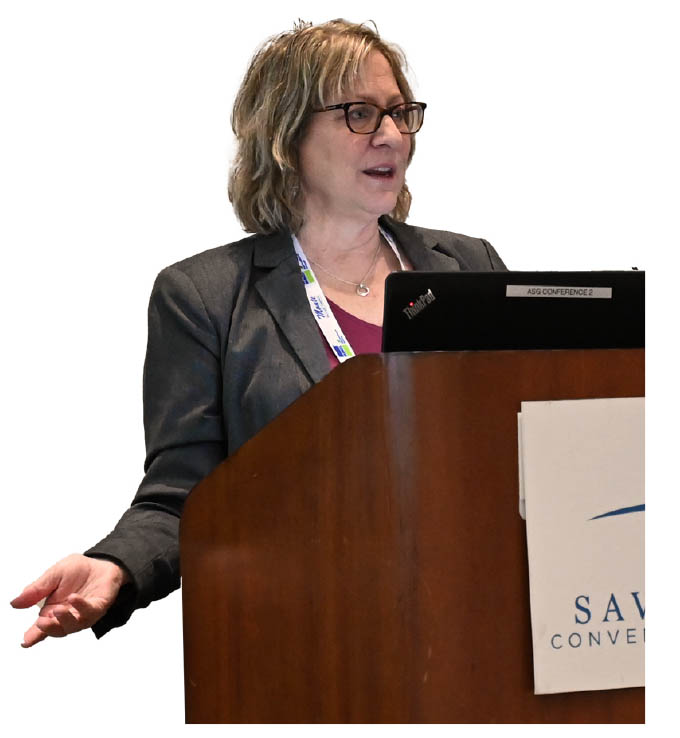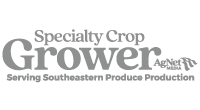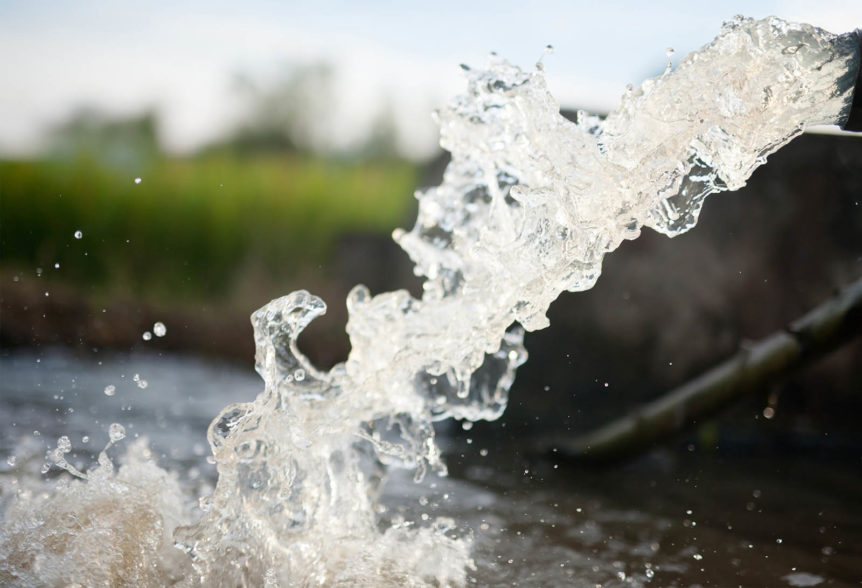
By Frank Giles
The Food Safety Modernization Act (FSMA) was signed into law in 2011. It was the biggest overhaul of food-safety regulations in the United States in more than 70 years. Since FSMA was passed, there has been a steady list of regulations related to it over the years.

In 2024, the latest regulation was announced with the final rule for pre-harvest agricultural water. As compliance dates approach, officials from the Food and Drug Administration (FDA) have been providing information on the new regulation.
Diane Ducharme, a produce-safety expert with FDA, spoke about the rule during the Southeast Regional Fruit and Vegetable Conference in January. She told attendees some of what she was presenting was new information since the rule was so recently finalized.
Science Driven
Ducharme said the pre-harvest water rule was delayed because FDA wanted to consider comments from stakeholders and academia. She added that it reflects more recent science on pathogens.
“Growers and academia were saying this is a very complex issue,” she said. “So, we took some time. As we look at the final rule in 2024, we see that requirements are meant to and do reflect recent science. They include some of the findings from investigations into produce-related outbreaks. We also included all of the information we were getting from stakeholders over the years. It is still designed to protect public health. It is hopefully more feasible for implementation at the farm level across different sizes and types of farms.”
The deadlines for compliance are coming up soon (April 7) for large farms, which have annual produce sales of $500,000 for the previous three years. Small farms and very small farms compliance dates are in the coming years.
Rule Details
This new rule will focus on growing activities and includes anything where water is likely to come into contact with covered crops or contact surfaces of covered crops. The most obvious among those is irrigation. Ducharme said growers will need to consider the entire water system and types of water distribution.
“This includes the water source and distribution (irrigation) equipment,” she explained. “We are looking at how the water is used and also crop characteristics. Is the crop on the ground? Is it staked? Is it on plastic? We also should consider environmental conditions like flooding or erosion and other factors.”
Growers must consider the water source. If surface water is being used, is it protected from potential contamination sources like wildlife? Growers need to consider nearby contamination sources that may or may not be on their property. Examples of this could be livestock activity, landfills, septic tanks, etc. Do these sources of contamination have the potential to contaminate the ag water supply?
Ducharme said all of these questions need to be identified, considered and in writing in an agricultural water system assessment. She recommended it be done prior to the growing season and be conducted at least annually. FDA has a worksheet available at agwaterassessment.fda.gov to help growers write their water assessment.

Corrective Measures
When conducting the assessment, if a hazard or potential hazard is identified, Ducharme outlined next steps in relation to the rule. Some actions are immediate, and others can be postponed (see sidebar).
“If you decide that your water is not of safe and of adequate sanitary quality, you are looking at immediately discontinuing to use the water and taking corrective actions,” she said. “If other things don’t pose an immediate threat, you are looking at mitigation actions.”
Questions
Growers attending the presentation questioned the use of seepage irrigation. Guidance from FDA has not been provided in this area. She said this water use is very complicated, so FDA is taking more time to develop rules. This created angst from some growers, who questioned whether or not they faced more exposure to food-safety problems in the absence of guidance.
Another issue that prompted some concern is that FDA doesn’t require water testing for pre-harvest ag water, but it is recommended as a potential tool for assessing threats. There has been some confusion about water testing in the overall Produce Safety Rule.
Ducharme acknowledged there is a lot to unpack with the new rule. She said growers could reach out to agwater@fda.hhs.gov with questions.
Click here: Watch the video to learn more about the pre-harvest water rule.










